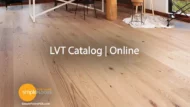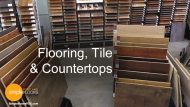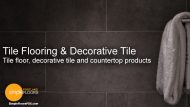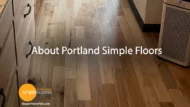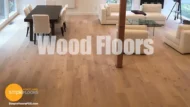Your floors are one of the most important features of your home, both aesthetically and functionally. A beautiful, well-maintained floor can instantly elevate a room, while a damaged or worn floor can diminish the appeal of an entire space. Whether you have hardwood, carpet, tile, or luxury vinyl, proper floor maintenance is crucial to preserving their beauty and longevity. The good news is that with a little regular care and attention, you can keep your floors looking pristine for years to come. In this post, we’ll dive into expert tips for maintaining various types of flooring, ensuring they stand the test of time.
1. Hardwood Floors: Beauty in the Details
Hardwood floors are a timeless and elegant addition to any home. However, they can be vulnerable to scratches, stains, and wear if not cared for properly. The average cost of installing hardwood flooring can range from $6 to over $20 per square foot, depending on the type of wood and the complexity of installation, so protecting that investment is important.
Regular Cleaning
Start with the basics: dusting and sweeping regularly. Dust and dirt can cause scratches over time, so keeping the surface clean is essential. Use a microfiber mop or a broom with soft bristles to avoid damaging the finish. For deeper cleaning, opt for a hardwood floor cleaner that’s specifically formulated for wood. Avoid using harsh chemicals or water, as excess moisture can warp and damage the wood.
Preventive Measures
Place mats and rugs at entryways to trap dirt and moisture before it reaches the floor. This is especially important in areas that are frequently exposed to moisture, like kitchens or bathrooms. Invest in felt pads for furniture legs to prevent scratches when moving furniture.
Refinishing and Polishing
Over time, hardwood floors can lose their shine, but refinishing can restore their original beauty. Depending on the level of traffic in your home, refinishing can be done every 5 to 10 years. The cost of refinishing hardwood floors typically ranges from $3 to $8 per square foot, depending on the size of the area and the type of wood. If your floors show signs of wear, a professional refinishing job can make them look new again.
2. Carpet: Comfort with Care 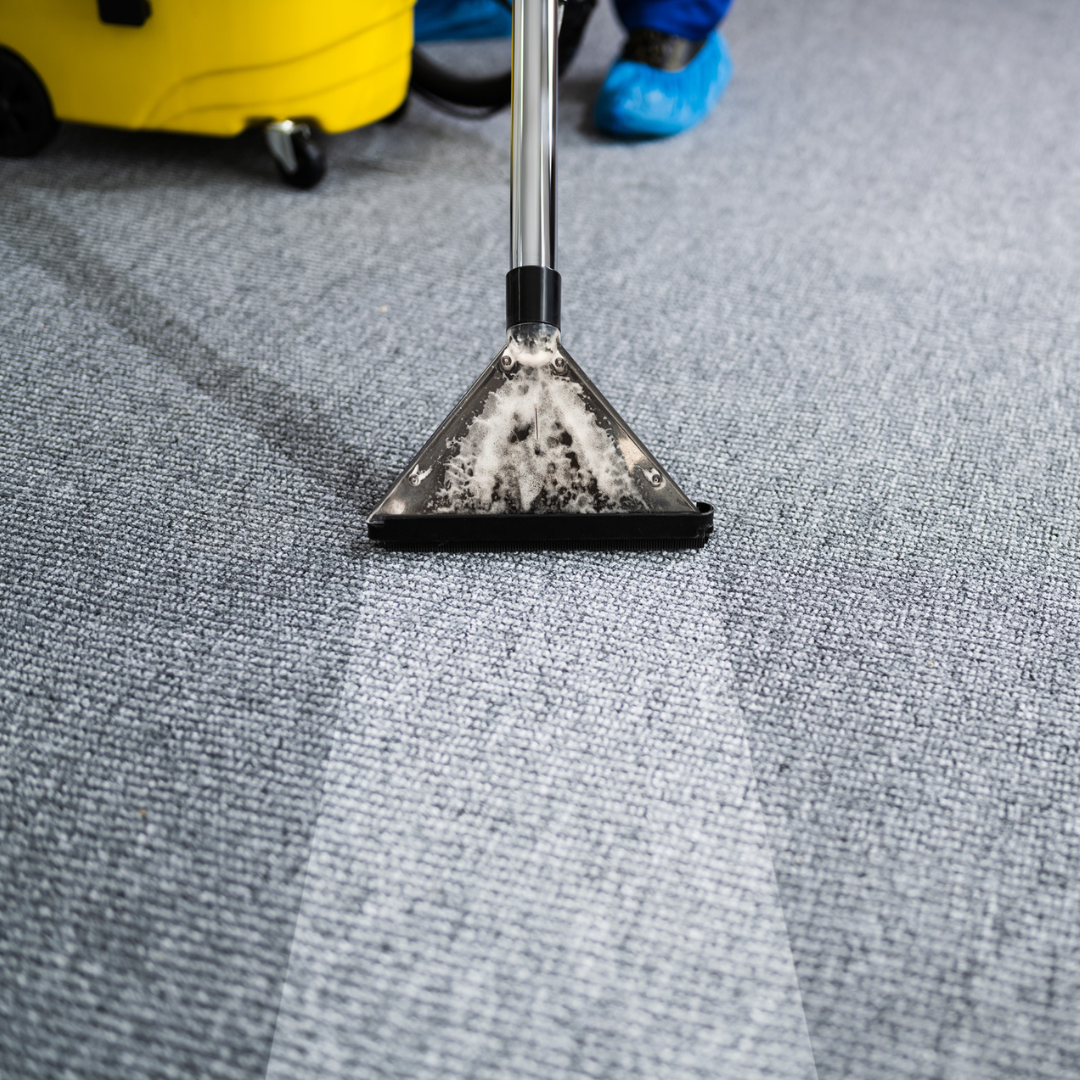
Carpets are cozy and inviting but can easily show dirt and wear, especially in high-traffic areas. Carpet installation costs range between $2 and $6 per square foot, making it affordable, but they require consistent care to ensure longevity.
Regular Vacuuming
One of the most important carpet maintenance tips is regular vacuuming. Vacuum your carpets at least once a week to remove dirt, dust, and debris that can cause fibers to break down over time. Be sure to use the correct vacuum setting for your carpet type, as a vacuum that’s too powerful may damage delicate fibers. High-traffic areas, like hallways and living rooms, should be vacuumed more frequently.
Spot Cleaning
Spills and stains are inevitable, but prompt action can prevent permanent damage. For most spills, blot (don’t rub) the area with a clean, white cloth to absorb the liquid. Use a carpet cleaner that’s safe for your carpet type for stains. You can also create a homemade solution by mixing vinegar and water. Always test any cleaning solution in an inconspicuous area to ensure it doesn’t discolor the fabric.
Deep Cleaning
Over time, carpets accumulate dust and grime that a regular vacuum can’t reach. Aim for a professional deep cleaning every 12 to 18 months, depending on the traffic in your home. Professional carpet cleaning can cost between $120 and $230 for an average-sized home, but it’s an investment in maintaining the appearance and hygiene of your carpets.
3. Tile and Stone Floors: Durability and Ease
Tile and stone floors are durable and easy to maintain but require attention to detail. Whether you have ceramic, porcelain, or natural stone tiles, proper cleaning and care can help preserve their longevity.
Regular Sweeping and Mopping
Tile floors should be swept regularly to remove dirt and debris, which can scratch the surface. Once a week, mop with a gentle, pH-balanced cleaner designed for tile and grout. Avoid using acidic or abrasive cleaners that erode grout and tile surfaces. Be sure to dry the floor after mopping to prevent water spots or streaking.
Grout Maintenance
Grout lines are often the first area where tile floors show signs of aging. To prevent discoloration, seal the grout lines every 6 to 12 months. This will create a barrier that resists dirt and moisture, making cleaning easier. If grout becomes dirty, use a grout cleaner or a mixture of baking soda and water to scrub away stains. A toothbrush works well for getting into the crevices.
Seal Stone Floors
Natural stone floors, such as marble or granite, are porous and can stain easily. They should be sealed regularly to protect them from liquids and spills. Sealing every 1 to 3 years is recommended depending on the stone type and usage. The cost of sealing stone floors typically ranges from $0.50 to $2 per square foot, depending on the type of stone and area size.
4. Luxury Vinyl Flooring: Style with Simplicity
Luxury vinyl flooring, also known as luxury vinyl plank (LVP) or luxury vinyl tile (LVT), has grown in popularity due to its affordability, durability, and versatility. It’s resistant to scratches, stains, and moisture, making it a great option for kitchens, bathrooms, and other high-traffic areas. Installing LVF typically ranges from $3 to $7 per square foot, making it an attractive option for budget-conscious homeowners.
Simple Cleaning
LVF is easy to clean, and regular sweeping or vacuuming is usually enough to maintain it. For deeper cleaning, use a damp mop with a gentle cleaner. Avoid harsh chemicals or abrasive scrubbers, as they can damage the surface. Always check the manufacturer’s instructions for any specific cleaning recommendations.
Prevent Damage
Though LVF is durable, it’s not completely indestructible. Avoid dragging heavy furniture across the floor, as this can cause scratches. Also, be mindful of sharp objects that can puncture the surface. Using furniture pads and area rugs will help protect the flooring from scratches and dents.
Keep It Dry
Luxury vinyl flooring is water-resistant, but cleaning up any spills promptly is important to avoid moisture from seeping into the seams. Standing water can cause the material to warp or discolor, especially along edges or seams.
5. General Tips for All Flooring Types
Regardless of the type of flooring in your home, there are a few universal maintenance practices that will keep your floors looking great:
- Humidity Control: Excess moisture in the air can warp or damage certain flooring types, especially wood. Consider using a dehumidifier in damp rooms, like basements or bathrooms.
- Protect From Sunlight: Direct sunlight can fade the color of your floors over time. Use blinds or curtains to protect your floors from constant exposure to UV rays, especially in rooms with large windows.
- Immediate Care: Always clean up spills immediately to prevent staining or water damage. This is especially important for hardwood, carpet, and stone floors.
- Rugs and Mats: Using rugs in high-traffic areas will protect your floors from damage, dirt, and excessive wear. Additionally, mats near doorways help trap dirt before it gets tracked through your home.
Protect Your Investment
Maintaining your floors is essential for preserving their beauty and durability over time. Whether you have hardwood, carpet, tile, or luxury vinyl, regular cleaning and maintenance practices will help extend their lifespan and keep your home looking its best. From sweeping and mopping to periodic refinishing and professional cleaning, taking care of your floors ensures that your investment lasts.
Implementing these expert tips will preserve your floors’ visual appeal and protect their functionality and longevity. With the right maintenance routine, your floors can continue to provide beauty and durability for many years to come.




